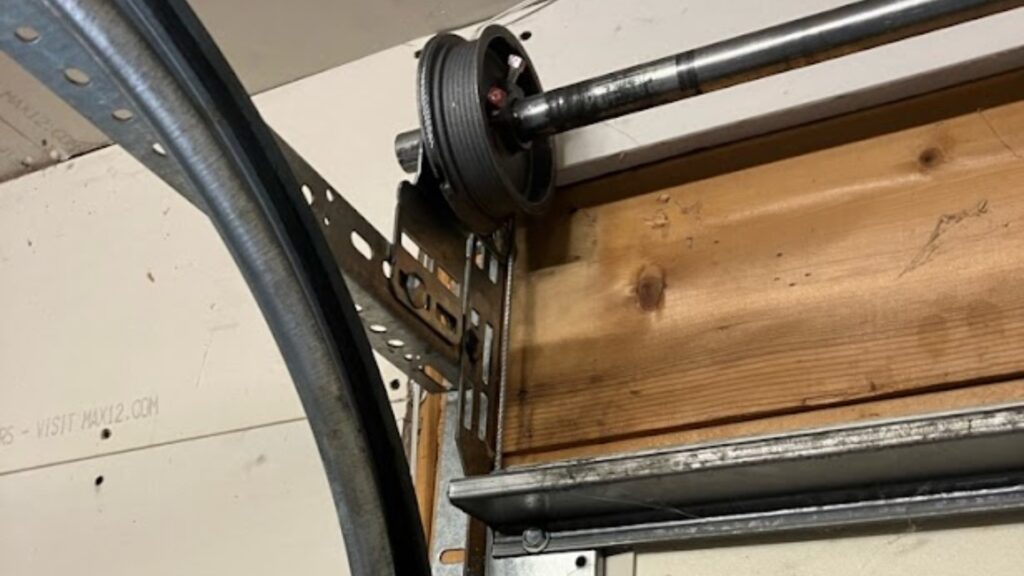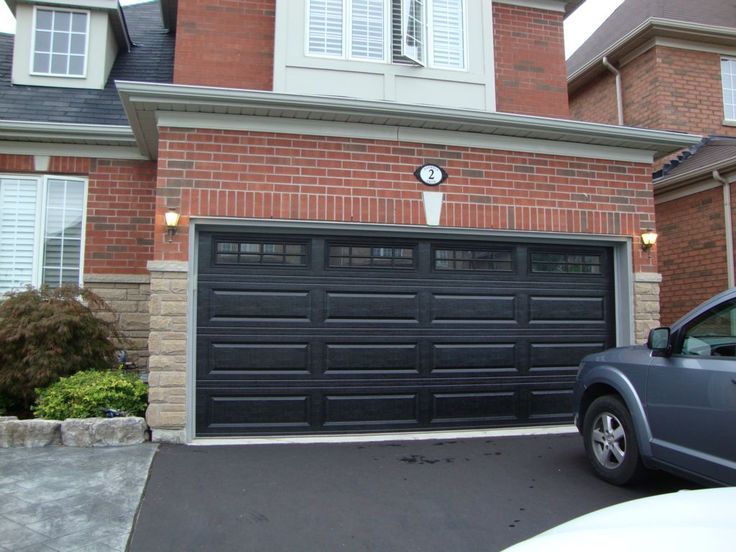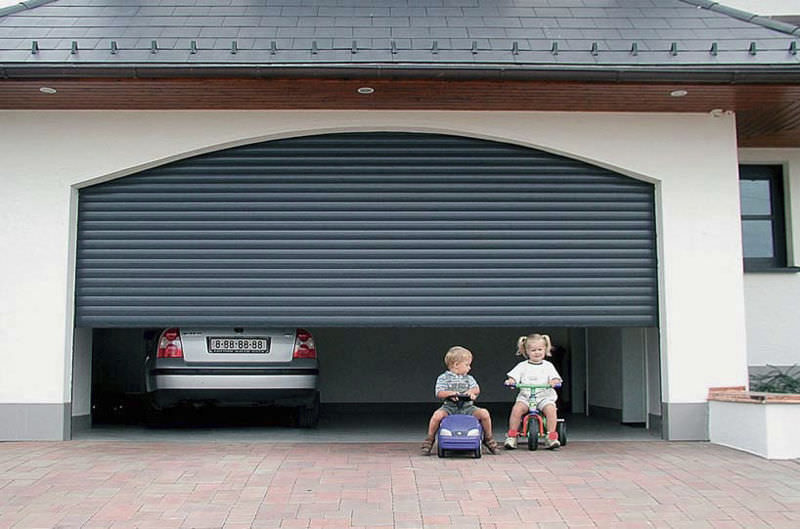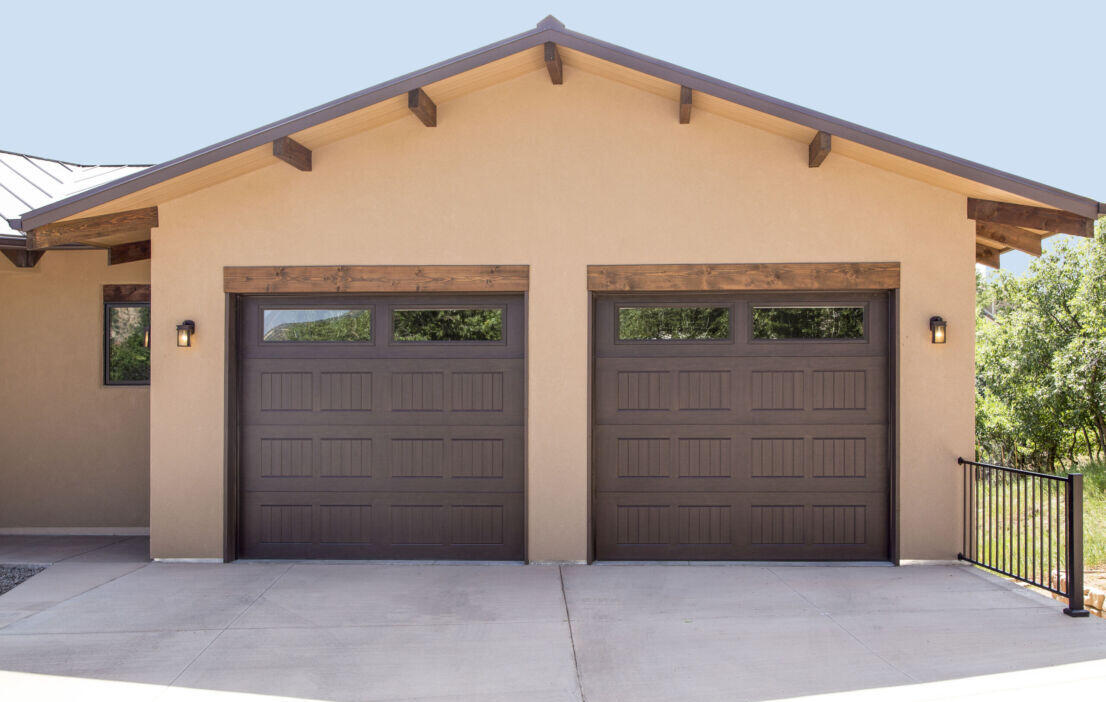As a homeowner, maintaining your garage door is crucial for the safety and efficiency of your home. One of the critical tasks is learning how to release tension on garage door cable. Proper maintenance extends the lifespan of your garage door and ensures it operates smoothly.
In this informative guide, I’ll walk you through the steps needed to release the tension on your garage door cable effectively. Understanding the mechanics of your garage door will save you time and money on potential repairs and replacements.

Understanding the Importance of Garage Door Cable Tension
Garage door cables play a pivotal role in the functionality of your garage door. They work in conjunction with the springs to facilitate smooth opening and closing. When the tension is either too high or too low, it can cause operational issues and even pose safety hazards.
What Happens When Cable Tension is Incorrect?
Incorrect cable tension can lead to several problems:
- Damage to the garage door system.
- Increased noise during operation.
- Uneven door movement.
- Potential safety risks due to snapping cables.
For more detailed insights on common issues, check out common problems.
Tools Needed to Release Tension on Garage Door Cable
Before you begin, gather the necessary tools for the task:
- Adjustable wrench and pliers.
- Locking pliers or clamps.
- Claw hammer.
- Safety glasses and gloves.
For more safety tips, see this external guide.
Steps to Safely Release Tension on Garage Door Cable
Step 1: Assess the Current Tension
First, identify if the tension requires adjustment. Open and close your garage door to observe any irregularities in its movement. If you notice jerking motions or the door not closing evenly, it’s time to release and adjust the tension.
Step 2: Disconnect the Garage Door Opener
For safety, disconnect the automatic garage door opener. Pull the emergency release cord to disengage the door from the opener system, allowing for manual operation.
Step 3: Support the Garage Door
Use locking pliers to secure the door in place. Position them just below the roller closest to the bottom of the garage door tracks on both sides. This step ensures that the door stays open and secure while you work on the cables.
Step 4: Identify the Tension Adjustment Mechanism
Locate the winding cone on the torsion spring system. This is where you’ll make the necessary adjustments. The winding cone typically has four holes for inserting your adjustment tool, often a winding bar.
Step 5: Release the Tension
Carefully insert the winding bar into one of the winding cone holes. Holding the bar firmly, use your adjustable wrench to loosen the set screws on the winding cone. Slowly and methodically unwind the spring to release the tension. Be cautious during this step, as the springs are under high tension and can cause injury if mishandled.
Maintaining Proper Garage Door Cable Tension
Regularly Inspecting Your Garage Door
Routinely check the condition of your garage door cables and springs. Look for wear and tear signs, such as fraying cables or rust on the springs. Early detection of issues helps prevent larger problems and costly repairs.
Consulting with Professionals
While DIY maintenance is beneficial, some tasks may require professional expertise. If you’re unsure about handling the cable tension or if your garage door system has complex issues, it’s best to consult a professional. Learn more about when to seek professional help from this style=’color:blue;’>insightful resource.
Conclusion
Understanding how to release tension on garage door cable is essential for every homeowner. Regular maintenance and timely adjustments ensure your garage door operates efficiently and safely. While some tasks can be handled independently, don’t hesitate to seek professional help for more complex issues.
FAQ
What are the signs that my garage door cable needs tension adjustment?
If you observe uneven door movement, increased noise during operation, or the door not closing properly, it is likely time to adjust the cable tension.
Can I release the tension on my garage door cable myself?
Yes, with the right tools and safety precautions, you can release the tension yourself. However, if you are unsure, consulting a professional is advisable.
What safety measures should I take when adjusting garage door cable tension?
Always wear safety gloves and goggles. Ensure the door is secured with locking pliers, and carefully follow the steps to avoid injury.
For more information on garage door repair and maintenance, visit the Garage Door Services website.










